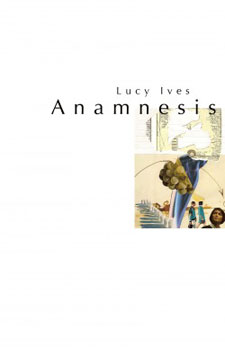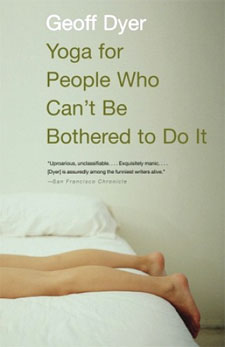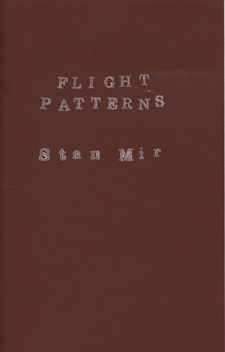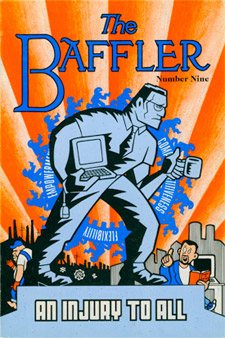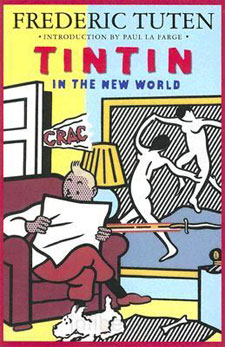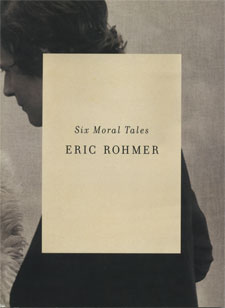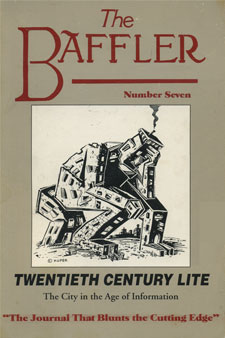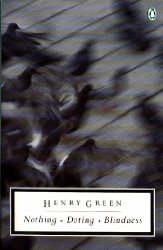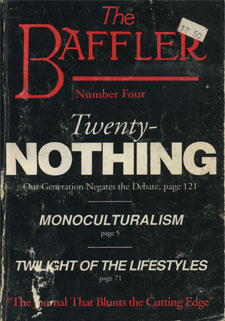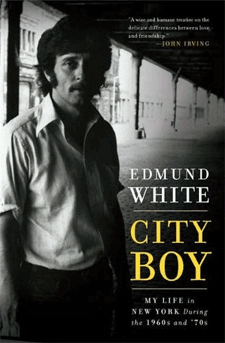 Edmund White
Edmund White
City Boy: My Life in New York During the 1960s and ’70s
(Bloomsbury, 2009)
The first question that arises with this book is why. Edmund White has already written a biography, of a sort (My Lives); more to the point, he’s also fictionalized the period in time in which this book is set in his autobiographical novels, A Boy’s Own Story, The Beautiful Room Is Empty, and The Farewell Symphony, the books for which he’s probably best known. Why then do this as non-fiction rather than fiction? One might suspect this book of being a cashing in on the present popularity of the memoir; but White has been studiously playing with the boundary between fiction and non-fiction since A Boy’s Own Story, where he began the project of fictionalizing his own life. Most recently, in Fanny and Hotel de Dream, he moved to a project of fictionalizing American literary history (the lives of Fanny Trollope and Stephen Crane, respectively); in the latter, he went so far as to fabricate apocrypha for Stephen Crane. This book, then, should not simply be taken as a clef for his romans à clef: it needs to be observed in context.
The trickiness afoot commences with the first, one-sentence paragraph in the book:
In the 1970s in New York everyone slept till noon.
A fine beginning; this is what those of us who weren’t in New York in the 1970s assume about life then. But this might be instructively compared to “Uncle Ed and My Life with Him,” an essay by White’s nephew Keith Fleming. Fleming lived with his uncle in the 1970s; this is engagingly fictionalized in The Farewell Symphony and described at length in City Boy, as well as in Fleming’s own memoir, The Boy with the Thorn in His Side. In the section excerpted on White’s website we find this description:
The first book he had suggested I read had been Lord Chesterfield’s Letters to His Son, and I instantly recognized my uncle in Chesterfield’s dictum that a gentleman never rises later than ten in the morning, no matter when he might have gone to bed, and that his day should be divided evenly between study and pleasure, which mutually refresh each other.
Lord Chesterfield certainly shows up in City Boy: on p. 27, White talks about how much he liked his writing, though White doesn’t mention what time Chesterfield thought a gentleman should rise. If one actually looks at Chesterfield, things become even more complicated:
But then, I can assure you, that I always found time for serious studies; and, when I could find it no other way, I took it out of my sleep, for I resolved always to rise early in the morning, however late I went to bed at night; and this resolution I have kept so sacred, that, unless when I have been confined to my bed by illness, I have not, for more than forty years, ever been in bed at nine o’clock in the morning but commonly up before eight.
How do we resolve the disjunction between Fleming’s account and White’s broad statement? Assuming that Fleming is accurately remembering his uncle’s habits, the “everyone” in White’s line must not include him, as we would have expected. If Fleming is misremembering Chesterfield but correctly remembering that this passage made him think of his uncle, White’s behavior is even more atypical of 1970s New York. Memory and truth are complicated; and this is a book that needs to be read carefully.
Looked at from the New York of 2010, the period from the 1960s to the 1980s in New York can’t help but seem a golden age for the arts, which we observe from mannerist decline. It’s not easy, for example, to think of a New York novel from the past decade that’s likely to hold its own in twenty years. But that past is a hard thing to nail down: talking to people who were in the New York art scene in the 1960s, one quickly realizes that any two accounts of the same events in that period are bound to be contradictory. White’s strategy, then, is to approach the same events several times, using different techniques. Reading his novelizations, the uninformed reader won’t always match names to characters correctly; the names remain ciphers, and what the reader is left with is the relationship between the characters. With names attached, as in City Boy, it becomes a record of the celebrity: this is what Richard Howard did, this is how Susan Sontag was, this is the sort of person that Harold Brodkey was. Both ways are valid ways to tell a story which is important; however, the fiction read before the memoir is going to have a different effect than the fiction after the memoir. Perhaps this is what White is getting at when he says, after a description of James Merrill:
Having actually known such a person doesn’t give one a special purchase on the reality. In fact familiarity can lead to slightly idiotic complacencies. The French critic Sainte-Beauve wrote that he couldn’t see why everyone made such a fuss over “Beyle” (Stendhal), since good ol’ Beyle would surely have been the first to laugh at his exaggerated posthumous reputation. Even so, everyone wants to hear the story just because it “really” happened, and yet in truth its reality – fragile at best and now largely mythologized into a new shape – is scarcely telling. (p. 86.)
The project of going back to the same history again and again makes sense with this in mind. City Boy is a blunt representation of reality; but it’s also a more measured one given that more time has passed since White’s last attempts to write about the period. This is maybe counterintuitive: The Beautiful Room Is Empty (1988) was written at a moment of crisis; while panic about AIDS in the U.S. was calming by the time that The Farewell Symphony appeared in 1997, its repercussions were still being strongly felt. If one were attempting simply to document what was being lost (a charge frequently leveled at autobiographical fiction), it would have made more sense to work in the memoir form then. But obfuscation allows for better representation.
A case might be made that one of the most interesting works of fiction in the past few years is White’s contemporary James McCourt’s Now Voyagers, a sequel to Mawrdew Czgowchwz, his novel of gay opera devotees in New York of the 1950s besotted with Irishness. Now Voyagers is an enormous, fantastically intricate book; it’s one of the most explicitly Joycean American novel that I can imagine (and McCourt has promised a sequel). But one senses, reading it, the heartbreaking feeling that this is a book that might never actually find a readership: it’s a document of a vanished age, in a vanishing language. I can sense how well it’s done, but my knowledge (of opera, of Irishness, of gay life in the 1950s) isn’t enough to really understand McCourt on his own terms; I can only admire his language. Now Voyagers is reminiscent of White’s first few novels, especially the elliptical allusions of the first, Forgetting Elena, which seems underrated despite Nabokov’s approval. White seems to have moved in the opposite direction, providing easier ways in to the past. I’m not sure, though, that this is an outright rejection of his earlier experimentation: rather, he’s continuing to play with style across what we think of as fiction and non-fiction.
